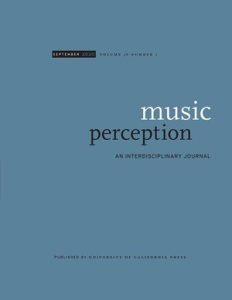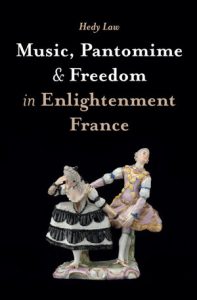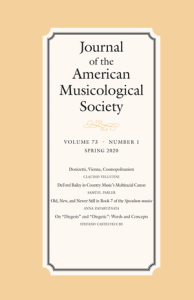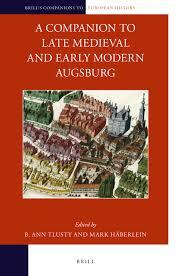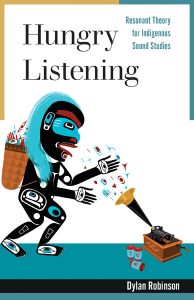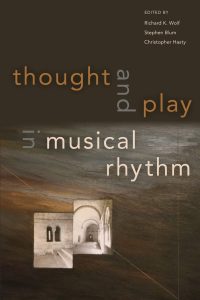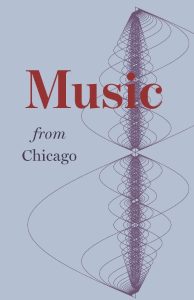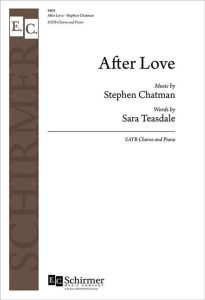“The Influence of Rate and Accentuation on Subjective Rhythmization”
Author: Poudrier, Ève Publication details: Music Perception: An Interdisciplinary Journal (2020) 38 (1): 27–45. Weblink: https://online.ucpress.edu/ Abstract: The parsing of undifferentiated tone sequences into groups of qualitatively distinct elements is one of the earliest rhythmic phenomena to have been investigated experimentally (Bolton, 1894). The present study aimed to replicate and extend these findings through online […]
Music, Pantomime and Freedom in Enlightenment France
Author: Law, Hedy Publisher: Boydell & Brewer, 2020 Weblink: https://www.cambridge.org/core/books/music-pantomime-and-freedom-in-enlightenment-france Abstract: How did composers and performers use the lost art of pantomime to explore and promote the Enlightenment ideals of free expression?
Donizetti, Vienna, Cosmopolitanism
Author: Vellutini, Claudio Publication details: Journal of the American Musicological Society 73, no. 1 (Spring 2020): 1-52. Weblink: http://jams.ucpress.edu Abstract: This article examines the change in the Viennese reception of Donizetti’s operas in relation to the internationalization of the city’s theatrical life during the last fifteen years of the Metternich regime (1833–48), as well as […]
Music
Author: Fisher, Alexander Publication details: A Companion to Late Medieval and Early Modern Augsburg, edited by B. Ann Tlusty and Mark Häberlein, 553–74. Leiden: Brill, 2020. Weblink: https://go.exlibris.link/cDs6Gvvz
Hungry Listening
Author: Dylan Robinson Publication details: Hungry Listening Resonant Theory for Indigenous Sound Studies Weblink: https://upress.umn.edu From publisher: Reimagining how we understand and write about the Indigenous listening experience Hungry Listening is the first book to consider listening from both Indigenous and settler colonial perspectives, presenting case studies on Indigenous participation in classical music, musicals, […]
Formative Processes of Durational Projection in “Free Rhythm” World Music
Author: Roeder, John Publication details: Thought and Play in Musical Rhythm, edited by Richard Wolf, Stephen Blum, and Christopher Hasty, 55-74. New York: Oxford University Press, 2020. Weblink: https://www.oxfordscholarship.com Abstract: Recent theories of meter have been enriched by consideration of the time cycles and nonisochronous beats found in many musical cultures. However, these theories do […]
Logic Programming Models of Music: A Semiotic Evaluation
Author: Roeder, John Publication details: Perspectives of New Music Vol. 57, No. 1-2, Perspectives on and around John Rahn (Winter/Summer 2019), pp. 375-402 Weblink: https://www.jstor.org/ Source: https://www.jstor.org/stable/10.7757/persnewmusi.57.1-2.0375?refreqid=excelsior%3A737216277498eff13493ebc85e955f5e&seq=1
Interpreting the Italian Voice in London (and Elsewhere)
Author: Vellutini, Claudio Publication details: “Interpreting Italian Singing in London (and Elsewhere).” In London Voices, 1820-1840, edited by Roger Parker and Susan Rutherford, 51–69. Chicago and London: The University of Chicago Press, 2019. Weblink: https://www.press.uchicago.edu Abstract: An enduring and ever-changing trope, the notion of the “Italian voice” became a contentious subject in the opera discourse […]
After Love
Composer: Stephen Chatman Text author: Sara Teasdale Publisher: E.C. Schirmer Music Co. Abstract: In Sara Teasdale’s poem After Love, the opening line “There is no magic any more” establishes the theme of vanishing love. This setting of the poignant text, in the dark key of D-flat major, emphasizes the natural rhythm of the words, mixed meters, and irregular […]
Joy
Composer: Stephen Chatman Text author: Sara Teasdale Publisher: E.C. Schirmer Music Co. Abstract: This piece is a fast, joyous outburst with the initial lines “I am wild, I will sing to the trees” setting the jubilant tone. The perpetual motion of the syllabic stepwise vocal lines is punctuated by staccato chords and, eventually, high arpeggio figures in the […]
